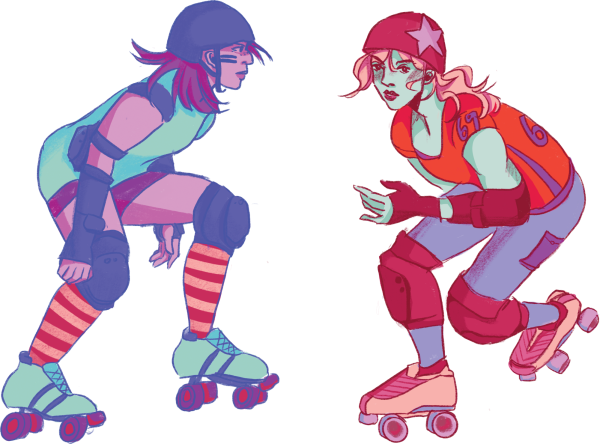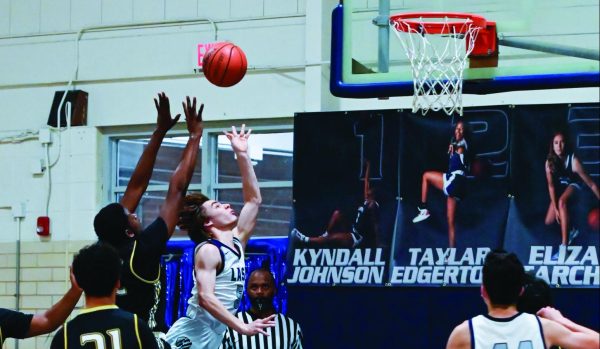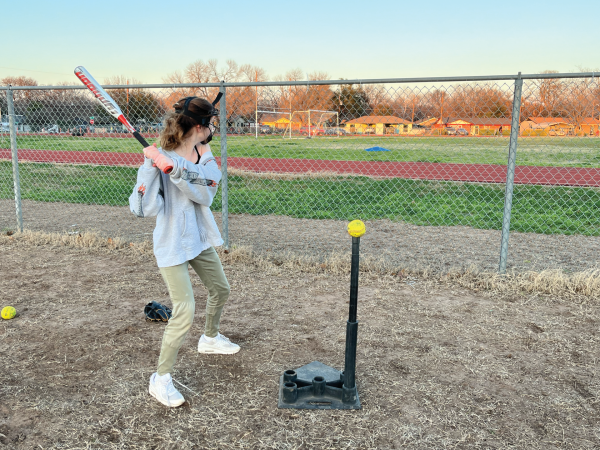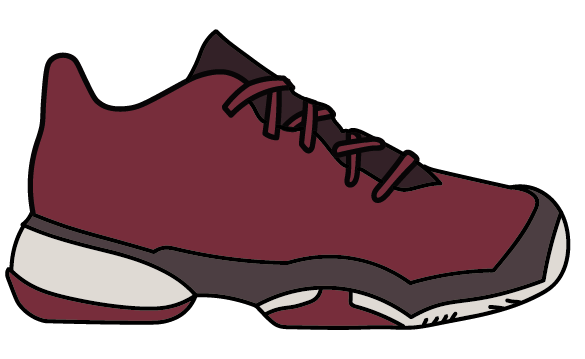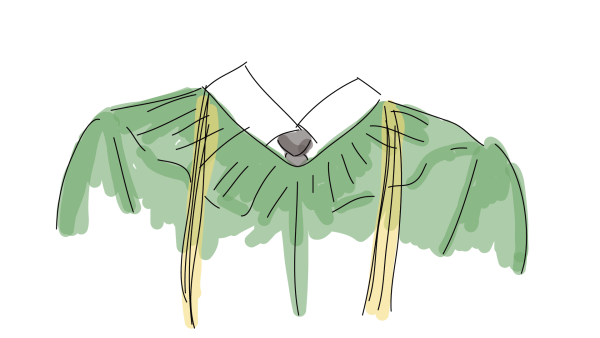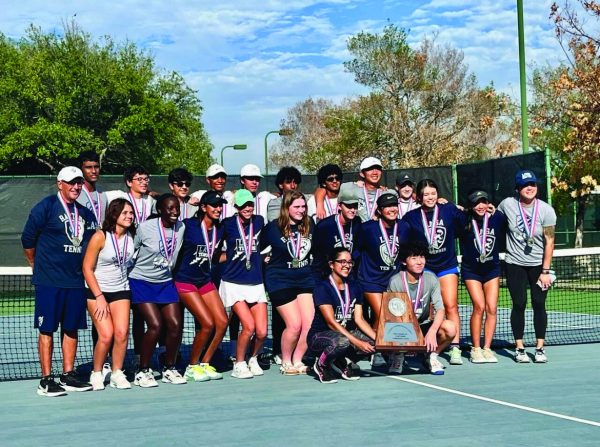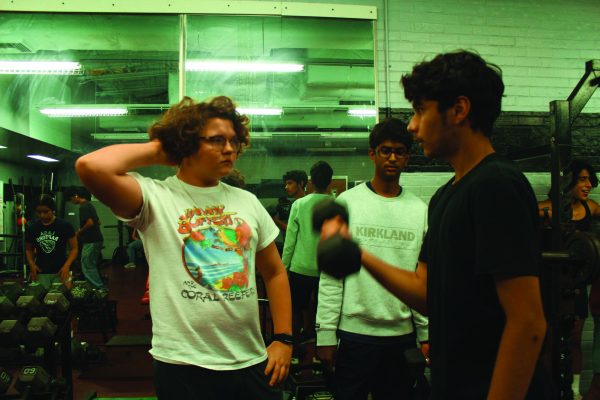Oh No! My Ankle! it’s Broken!: How LASA Athletes Respond to Injuries
December 17, 2021
Getting injured is a normal part of being an athlete in any sport. LASA offers 16 different sports over the course of the school year, and the chance for injuries in these sports is high. Injuries can affect student-athletes mentally and physically.
Athletic trainer Sue Torres typically sees three to four students a day and helps them manage their injuries. The injuries these students deal with can vary from simple scratches to critical issues, according to Torres.
“Normally, I try to do treatments and rehab during lunch,” Torres said. “With run of the mill type injuries, we see a lot of wounds. Especially in football and volleyball; they get a lot of abrasions, the proper name for scrapes, and things like that. So [I] have to make sure that those are covered and clean and not getting infected.”
Having an athletic trainer at LASA is a beneficial resource for athletes. Torres helps students with treatment and rehab, helping them get back to practice and games.
“If there wasn’t an athletic trainer, there’s a lot of injuries that would be missed,” Torres said. “Coaches are concentrating on coaching. They may not realize that an injury has happened. And kids try to play through things. Kids have access to me to get even just minor things taken care of. If you didn’t have an athletic trainer, it would fall on the school nurse. There’s a big difference between a nurse and an athletic trainer.”
Being injured can cause issues for athletes, including, most directly, not being able to participate in activities they enjoy. Senior and soccer player Lane Loudamy tore her anterior cruciate ligament (ACL), a ligament in the knee, in her sophomore year.
“When you tear your ACL, you have to get surgery,” Loudamy said. “I got surgery. [It was] a really long recovery to be completely clear to play a contact sport like soccer. So I basically didn’t play full soccer games until 14 months later. And I couldn’t run for, I want to say five or six months. It affected me a lot.”
According to Torres, athletic injuries can also create a dent in a student’s mental health. Not being able to play can significantly affect an athlete’s outlook on their own capabilities and legitimacy as a player.
“Injuries that take more time, like season-ending types of injuries, can affect kids’ mental health,” Torres said. “Because they’re used to being an athlete, then if all of a sudden we take that away, they can have some mental health problems. We try to make sure that they work their way through that.”
There are many instances when athletes are forced to sit out due to their injury and it can take a toll on them according to Loudamy. From personal experience, she said that it can affect athletes mentally, but once they are able to get back to their sport they feel better.
“I think if you’re an athlete, then you aren’t an athlete for a period of time, because you’re injured, I think that is difficult,” Loudamy said. “Any of my friends who’ve gone through similar injuries could say the same, just having to sit out sucks. It definitely is something that you can recover from mentally, but also it’s just kind of hard because your routine changes a lot.”
The process for dealing with injuries can be long and painful, but in the end can really benefit the student, getting them back into the sport and helping to prevent further injuries, according to Torres. One of the jobs Torres has as an athletic trainer is to help students with the healing process.
“If they get injured, then I evaluate their injury, make a diagnosis, and I need to refer to a physician or another type of medical professional,” Torres said. “Then, once they are cleared to begin rehab, then I do rehab in here.”
When coming back to the sport, athletes have to deal with a whole new set of challenges. According to Loudamy, those challenges can be a variety of things, such as how students practice or manage their schedule.
“I think the process was difficult because I was just so impatient,” Loudamy said. “It just took a really long time. But I think a lot of people would expect ‘Oh, you’d be so scared to come back to play soccer.’ But at that point, I just wanted to play soccer for so long that I don’t think I was scared about it. Really, I was just tired of sitting on the bench.”
According to Torres, injuries can often be exacerbated if athletes don’t take needed rest. A simple sprained ankle can turn into an injury requiring surgery if the proper care isn’t given. She suggests that when recovering, student-athletes should take all the time and care needed before returning to athletics.
“Little things can get worse,” Torres said. “If you don’t work on strength and balance you’re just going to [injure] it again, it’s just going to happen again, probably worse and then pretty soon you have an injury that might be a surgical fix that could have easily been strengthened, worked on in rehab and [by] wearing a proper ankle brace.”


